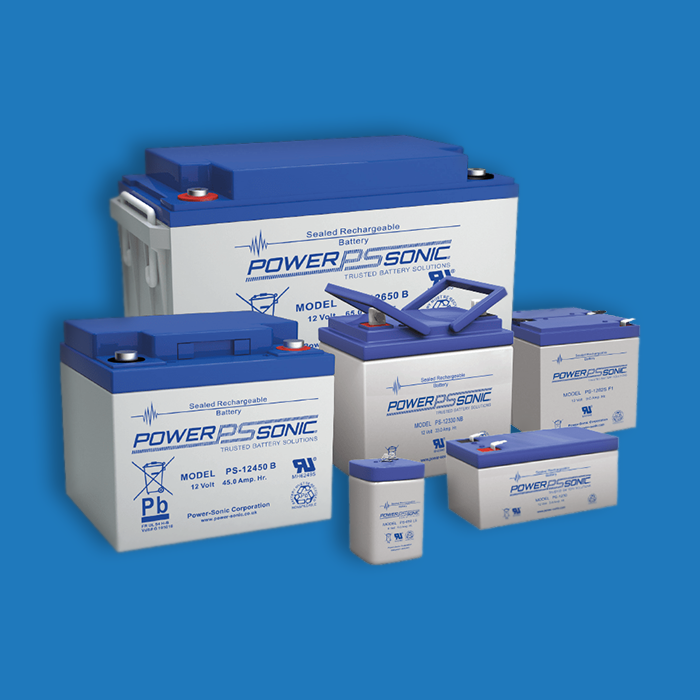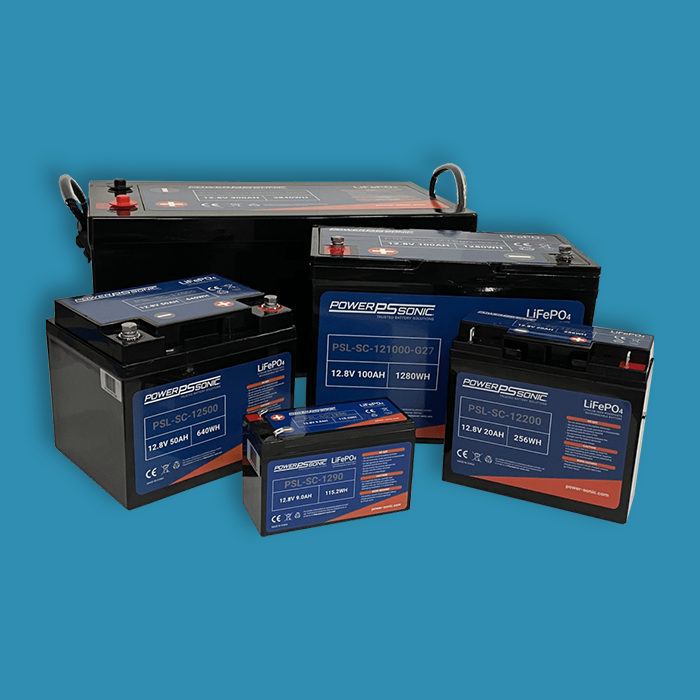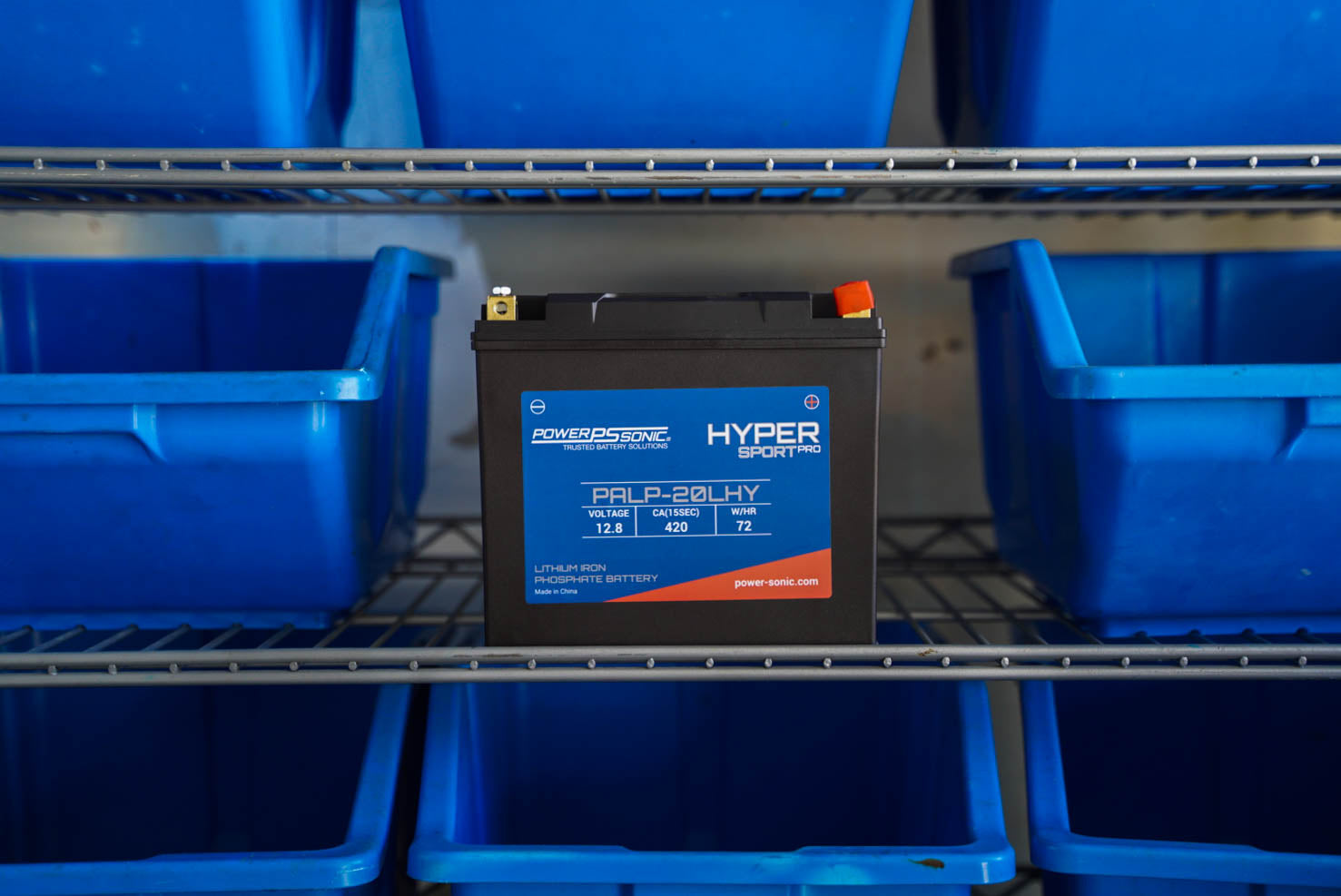FAQ
SLA Battery 101
Sealed Lead Acid batteries are rechargeable, maintenance free batteries that provide high levels of dependability at a low price point on a cost per watt base. SLA batteries are great for delivering high levels of power inexpensively. This makes SLA a cost effective, reliable choice for many applications such as Medical, UPS, and Emergency Lighting.
To find the right battery, check four things:
- Voltage Be sure to choose a battery with the correct voltage for your application. If you are replacing a battery, this should be readily apparent on the battery label. Common voltages are 6 volts and 12 volts.
- Ampere hours (Ah) represent the battery capacity i.e. the electric charge delivered over time. As long as you choose the right voltage, you can use a battery with any Ah rating. Higher Ah batteries will deliver power for a proportionally longer time.
- Dimensions Always confirm that the battery will fit in the space available for your application. Do this by measuring the length, width, and height of the available space and comparing them to the dimensions of the battery being purchased.
- Terminal Be sure to purchase a battery with the right terminal for your application. Common SLA battery terminals include F1, F2, and NB.
AGM and Gel refer to the type of SLA battery construction. AGM batteries suspend an electrolyte in a glass mat, which leads to faster charging and makes AGM the preferred choice for starter applications. Gel suspends the electrolyte in a gel like paste, and is often used for smaller, lower capacity applications
Sealed lead acid and flooded batteries use the same basic technology. Sealed lead acid batteries are maintenance free; just install the battery and forget about it! On the other hand, flooded batteries require regular (weekly or monthly) maintenance in the form of opening the battery and adding liquid.
Deep cycle batteries are designed to supply power continuously, leading to regular recharging. Meanwhile, starting batteries are designed to supply a high power load for a short amount of time to crank an engine, e.g. starting a light vehicle. Battery in the Cloud sells a range of Power Sonic general purpose batteries that are designed to serve all SLA applications.
Sealed Lead Acid and Lithium refer to the materials used to construct the battery. SLA batteries provide a high power to cost ratio, are extremely safe and reliable, and are easy to recycle. Meanwhile, lithium ion batteries can provide high energy for the size and weight of the battery, and can extend cycle life.
Connecting batteries in parallel means connecting positive terminals to positive terminals and negative to negative. Batteries connected in parallel will receive the same voltage, while the charge current each battery receives will vary until equalization is reached. See more in Power-Sonic’sguide to parallel and series configuration of batteries.
Yes, two 12 volt batteries can be connected in a series to create a 24 volt battery. See this article from Power Sonic for more information:How to configure 2 batteries in series.
Connecting batteries in a series means connecting the positive terminal of the first battery to the negative terminal of the second battery, and so on for the length of the string. This increases voltage, and batteries must be connected with cables of equal length and resistance to ensure equalization of the load. All batteries in the string will receive the same amount of charge current, though individual battery voltages may vary.
We do not recommend connecting different SLA battery brands, capacities, and ages in a series. This can lead to over- or undercharging and cause premature aging of the batteries.
It is best to replace all batteries. If you include a new battery in a system with older batteries, the lifetime of the new battery will be significantly reduced.
Installation
Never install or charge a sealed lead acid battery in a sealed enclosure. There is minor risk of gas accumulating that could potentially be dangerous.
You can install your sealed lead acid battery in any orientation. The only exception is that we do not recommend operating the batteries upside down.
Maintnance
Do not allow your battery to remain at low charge level for extended periods of time. This can negatively impact the performance of the battery and reduce the lifetime. Further, be sure to charge the battery using a charger with an appropriate voltage limit.
The key to correctly charging an SLA battery is following the correct voltage limit for your battery. For example, make sure to use an SLA battery charge rated for 12v if you are charging a 12v battery.
No, a gel battery requires a different charge profile that involves lower voltages for the absorption and float stages
We do not recommend using a single battery charger to charge more than one SLA battery at a time. This can lead to over- or undercharging the batteries.
We recommend using a three stage SLA battery charger. When using a three stage charger, leave it plugged in, switched on, and connected to the battery even when the “fully charged” light is on. This simply indicates that the charger has completed its charge cycle and moved into the trickle charging phase.
We do not recommend running DC loads from the battery while it is charging, as the DC output may be higher than the battery’s normal voltage output.
You can estimate recharging time by dividing the batteries ampere hours (Ah) by the chargers Ah output. Keep in mind that multistage chargers taper the current after approximately 80% to 85% of the charging is completed so it will take about one additional hour to fully complete the charge.
For example, a 35Ah battery being charged with a 4 amp capacity charger would fully charge in: 35 Amp hours / 4 Amps + 1 hour = 9.75 hours
Charging times can be highly variable depending on a number of factors including depth of discharge, charging temperature, size and efficiency of the charging equipment, and age and condition of the battery
We do not recommend charging a lithium battery with a lead acid charger. Lithium batteries react differently than SLA to the charging cycle. Lithium battery chargers have higher voltage per cell, tighter voltage tolerances during the different charging stages, and lack the third “trickle” stage of charging.
Overcharging a lead acid battery leads to excess charge voltage and current flow into the battery upon reaching full charge. This leads to premature aging of the battery due to decomposition of the water in the electrolyte. At high rates of overcharge a battery will progressively heat up. As it gets hotter it will accept more current, heating up even further. This can lead to thermal runaway, where the battery heats up and can be destroyed in just a few hours.
Chargers do not contain any customer serviceable components and should not be opened under any circumstances. Doing so would void the warranty and could lead to damage to property and/or result in personal injury.
A good quality charger will assist you in extending the useful life of your battery by protecting against under and overcharging. Low cost chargers are much more limited in their charging capabilities. For constant maximum battery performance always choose a battery charger that compliments the chemistry, voltage and amp hour capacity of your battery.
SLA Battery Applications
SLA is a good fit for most applications where a reliable, cost effective battery is required. SLA batteries are often used for backup power. Some of the top applications for SLA batteries are Alarms, Emergency Lighting, Medical, UPS, and Wheelchairs.
Even the best alarm system is only as good as the battery that backs it up. SLA batteries are regularly used to backup alarm control panels, fire suppression systems, access control, CCTV, and even electric fences and biometrics systems.
Medical applications demand high quality, reliability, and safety and therefore SLA batteries can be a great fit. There is no more important backup battery application than those that support health. SLA batteries are regularly used for pump, monitor, defibrillator, incubator, ventilator, and many more use cases.








